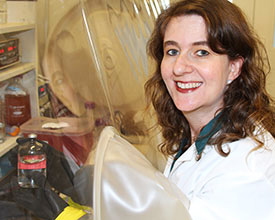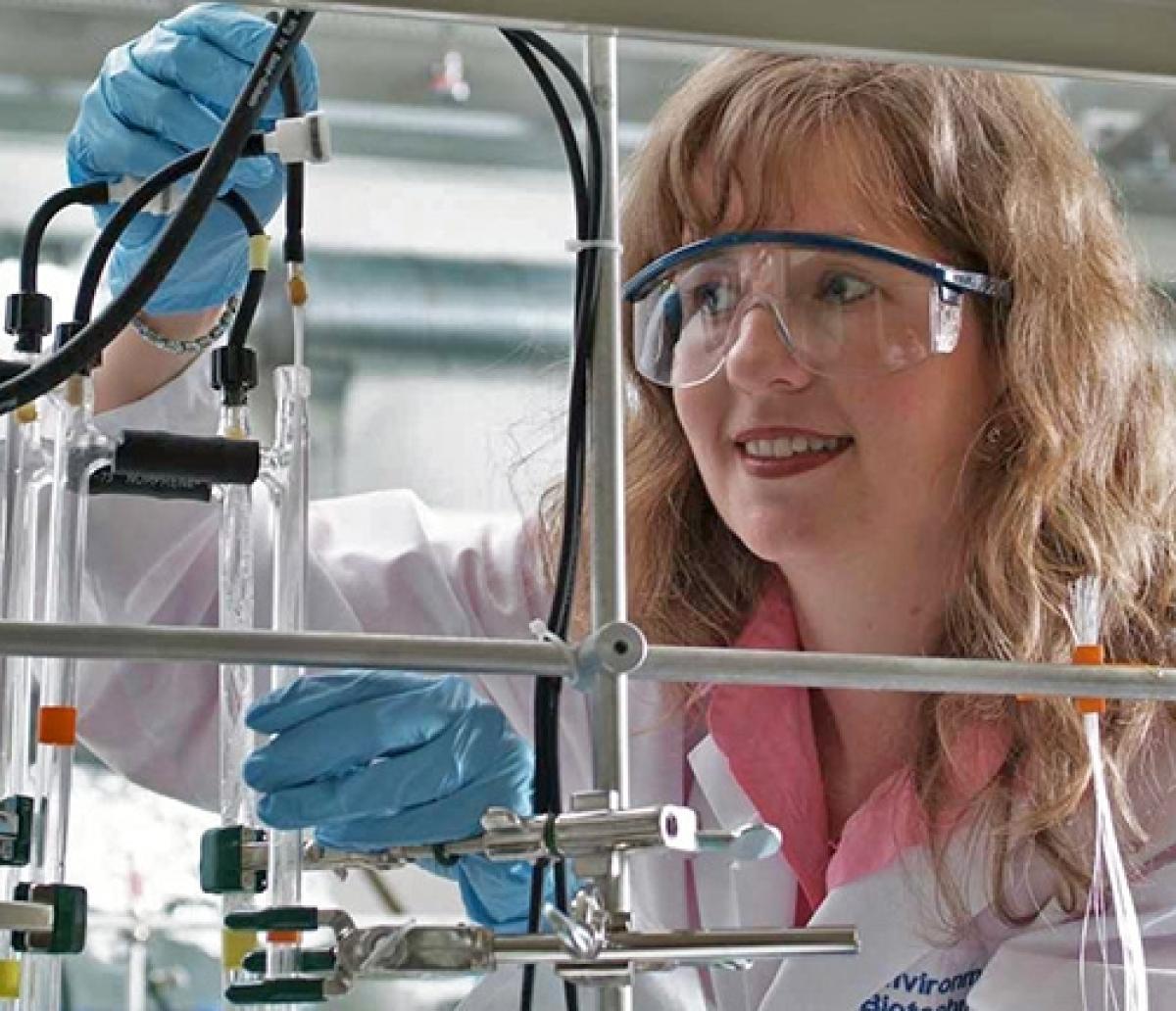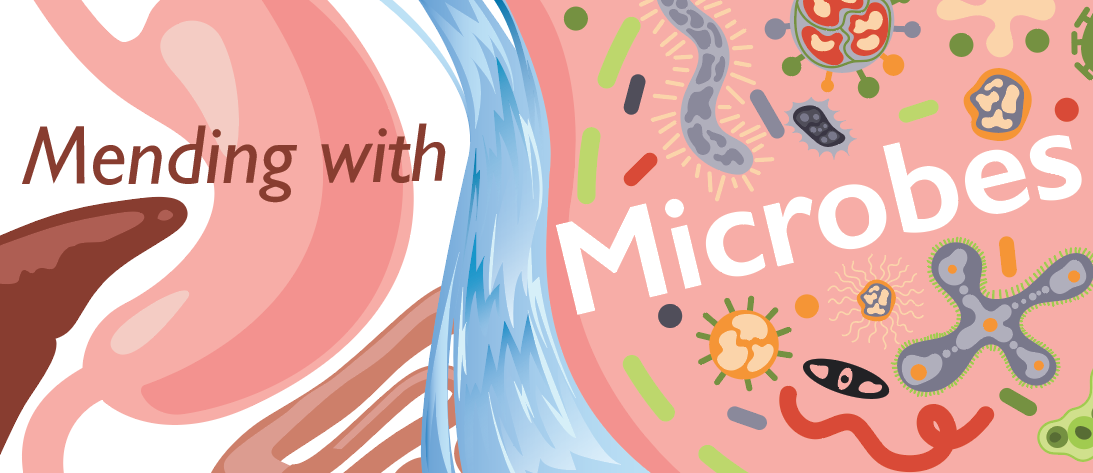Career Path for Rosa Krajmalnik-Brown
Fast Facts:
- Number of years in school: 26
- Favorite class / subject: Organic chemistry
- Hardest class / subject: Physics
- First Job: Tutor
- Dream job as a kid: Scientist
- One word you would use to describe your current job: Exciting
If you’d told a young Rosa Krajmalnik-Brown that she would grow up to do research in microbiology, she probably wouldn’t have believed you.
Even with her interest in biology, Krajmalnik-Brown has always been more interested in chemistry; she even failed her first biology class. But as with many people who eventually become scientists, her natural curiosity led her on a winding path, through twists and turns. Eventually, she would combine her love for chemistry with an interest in microbiology.

Krajmalnik-Brown’s interest in science started early on. At her middle school science fair, she made handmade shampoo – of various colors – which she demonstrated on dolls. Later, after high school, she pursued her interests in chemistry at the Universidad Autonoma Metropolitana Iztapalapa in Mexico. There, she used chemistry to make new foods and flavors, and even new medicines; she always loved helping people.
Beyond Chemistry
Chemistry was her main focus, but little did she know that this would soon change. While doing her undergraduate work in Mexico City, she met an influential engineer who was using microbes to clean up contaminants from gas streams coming out of a factory. She realized that using microbes to clean waste from streams could have a massive impact on the ecosystem and people’s health. And her background in chemistry would be a huge help in joining the scientists working on this problem.

Like the winding path of a stream, Krajmalnik-Brown’s career path has been anything but straightforward. But this is also what makes her research stand out. Her research is a good example of interdisciplinary research, which combines knowledge and approaches from multiple fields (such as chemistry and biology) to ask questions and provide solutions that either field might not have made on their own.
Growing Microbes
She spent years, as a postdoctoral researcher at Arizona State University, setting up a state-of-the-art microbiome analysis laboratory. In her lab, she uses a DNA sequencing machine to figure out the code of many microbes at once, and she cultures (or grows) microbes to replicate them. She continues applying her knowledge in her lab today, as a professor and researcher at the Biodesign Institute at Arizona State University.

Krajmalnik-Brown’s story is a good example for those thinking about a career in science. You don’t have to know exactly what you are going to do when you start out. What may be more important is to let your interests guide you and change your path as you go. “Exposure to science is very important”, says Krajmalnik-Brown, who suggests that students should get involved in hands-on science in real science labs.
She recommends becoming involved in student organizations, because it gives great opportunities to meet people who might have a big impact on your life. “You are going to spend more time at your job than at your house or doing anything else” she said, so “it is important to do something that you are passionate about and that you believe in.”
Mending with Microbes was created in collaboration with The Biodesign Institute at ASU.
Read more about: Mending with Microbes
Bibliographic details:
- Article: Career Path: Rosa Krajmalnik-Brown
- Author(s): Dr. Biology
- Publisher: Arizona State University School of Life Sciences Ask A Biologist
- Site name: ASU - Ask A Biologist
- Date published: 4 Sep, 2018
- Date accessed:
- Link: https://askabiologist.asu.edu/career-path-rosa-krajmalnik-brown
APA Style
Dr. Biology. (Tue, 09/04/2018 - 12:00). Career Path: Rosa Krajmalnik-Brown. ASU - Ask A Biologist. Retrieved from https://askabiologist.asu.edu/career-path-rosa-krajmalnik-brown
Chicago Manual of Style
Dr. Biology. "Career Path: Rosa Krajmalnik-Brown". ASU - Ask A Biologist. 04 Sep 2018. https://askabiologist.asu.edu/career-path-rosa-krajmalnik-brown
Dr. Biology. "Career Path: Rosa Krajmalnik-Brown". ASU - Ask A Biologist. 04 Sep 2018. ASU - Ask A Biologist, Web. https://askabiologist.asu.edu/career-path-rosa-krajmalnik-brown
MLA 2017 Style

Be Part of
Ask A Biologist
By volunteering, or simply sending us feedback on the site. Scientists, teachers, writers, illustrators, and translators are all important to the program. If you are interested in helping with the website we have a Volunteers page to get the process started.

